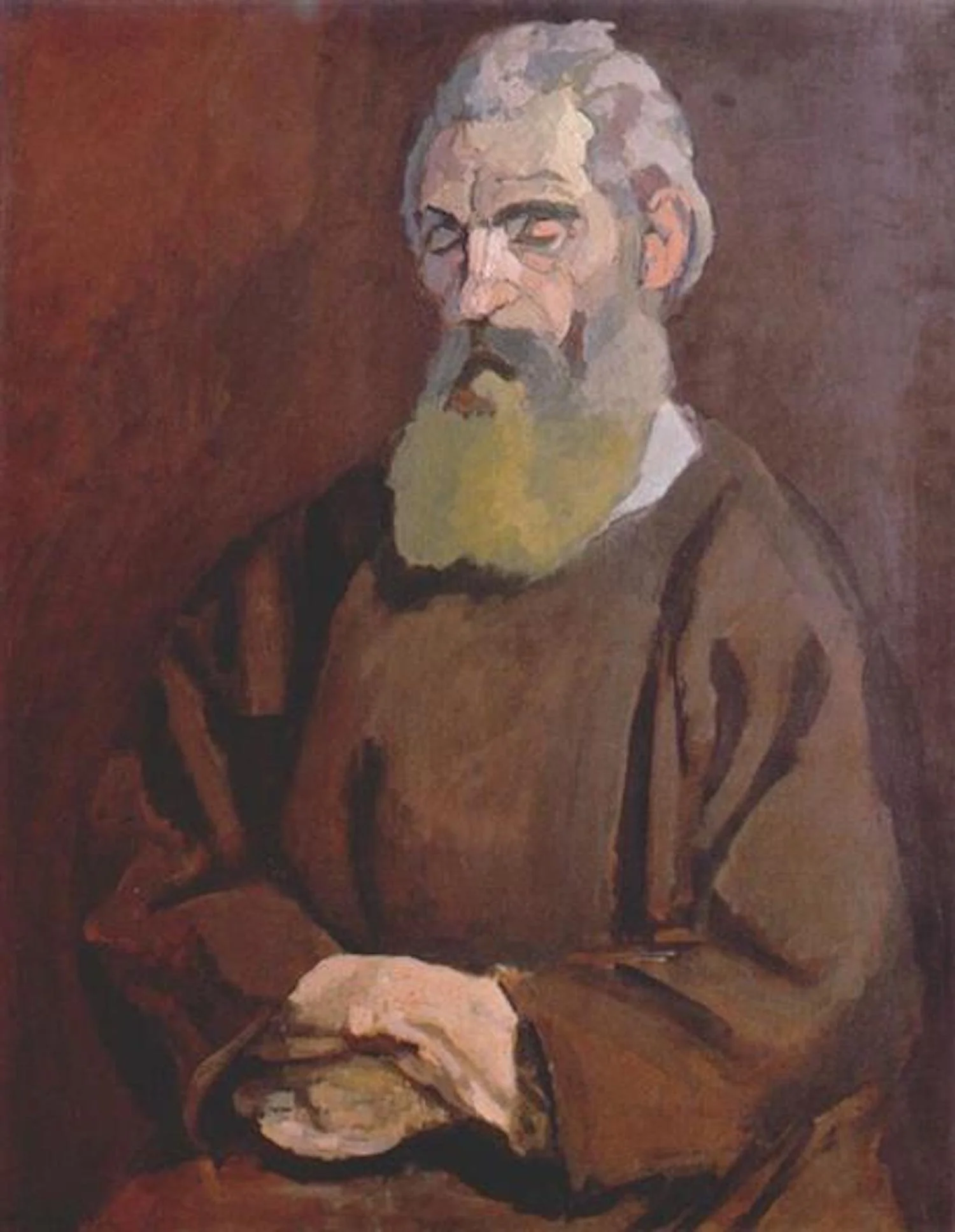Image: Meditating Monk by Henri Matisse (1903)
The PATH | Awareness, Attention, and Liberation
sent by J.W. Bertolotti | Jul 4, 2022
Welcome to The PATH — A weekly reflection with three timeless insights into daily life.
1. Awareness
How does the mind actually work? Many wisdom traditions stress the importance of training and observing the mind. However, except for Buddhist teachings, most provide very few instructions on how to do so. The Buddha taught, “Whatever one frequently thinks and ponders upon, that will become the inclination of the mind.”
In the excellent new book Beyond Distraction, author and longtime meditation teacher Shaila Catherine (upcoming guest on my podcast) explains,
Whether you are an experienced meditator or a beginner trying to develop mindfulness, you probably know the pain of wrestling with an unruly, distracted mind. Before you can experience the extraordinary joy of a settled and concentrated mind, you must learn how to dispel distractions...
Distraction is universal, and even the Buddha tells us that before enlightenment, he sometimes found his mind preoccupied with thoughts connected with sensual desire, ill will, and harm. However, distracting thoughts did not daunt him. He figured out how to deal with thoughts skillfully and developed a step-by-step approach to calm the restless mind.
Buddhist teachings encourage people to actively cultivate the more trustworthy happiness that comes with spiritual development. Happiness associated with virtue, meditation, and wisdom is prized.
2. Attention
Although thinking is useful, an untrained mind tends to repeat distressing patterns. In Beyond Distraction, Catherine writes how many people suffer from chronic comparing, endless worrying, seductive fantasizing, or relentless planning. One can even develop anxiety through countless hours of obsessing about the past or imaginative rehearsals of how to respond to future events.
According to Catherine, Buddhist teachings advise,
The training begins by recognizing that a thought is just that — a thought, a creation of our own minds. From this recognition, we distinguish what is skillful and unskillful, and then progress through a traditional training sequence in which we learn (1) to replace unwanted thoughts, (2) to examine the risks of fueling habitual patterns, (3) to withdraw attention from toxic conditions, (4) to investigate causes, and (5) to exert dedicated resolve.
Understanding how the mind works can strengthen focused attention, clear away trivial distractions, organize priorities, and reduce the destructive forces of craving, aversion, and delusion. “These time-tested methods for overcoming distractions are needed now more than ever,” writes Catherine.
Buddhist teaching can aid us in finding calm in all aspects of life. In the classic Zen Mind, Beginner’s Mind, Suzuki Roshi explained that real calmness should be found in activity itself. “It is easy to have calmness in inactivity, it is hard to have calmness in activity, but calmness in activity is true calmness.”
3. Liberation
An untrained mind ultimately leads to suffering. “One wields mastery over the mind,” stressed the Buddha, “one does not let the mind wield mastery over him.” Many kinds of disruptive thoughts can obstruct our concentration in meditation. In daily life, these same distractions cause similar disruptions (anxiety, insomnia, procrastination, worry, depression, etc.) while negatively impacting relationships, productivity, and ease of mind.
As the late Zen Master Thich Nhat Hanh put it, “The mind can go in a thousand directions, but on this beautiful path, I walk in peace.” In Beyond Distraction, Catherine writes,
“Liberation requires letting go of the illusion that we exist as a permanent self, an observer, a witness, or the controller of activities. Self-grasping is not abandoned through effort, but by understanding that the illusion of self is constructed through layers of mental habits, misperceptions, and attachments.”
The point of the teaching goes far beyond self-improvement projects. Catherine suggests, “Powerful, liberating understandings occur by directly experiencing the “nots” — not-clinging, not-self, not-mine, not-fabricated, not-identifying.” Letting go of habits and unbinding the mind from the forces of delusion are the route to freedom. Liberation comes not from becoming, but from letting go.
——
Thank you for reading; I hope you found something useful. If so, please consider sharing it with others.
We send a short reflection each week with three insights to help you live your highest good. If you are not a subscriber to The PATH, you can sign up to receive it right in your inbox.







